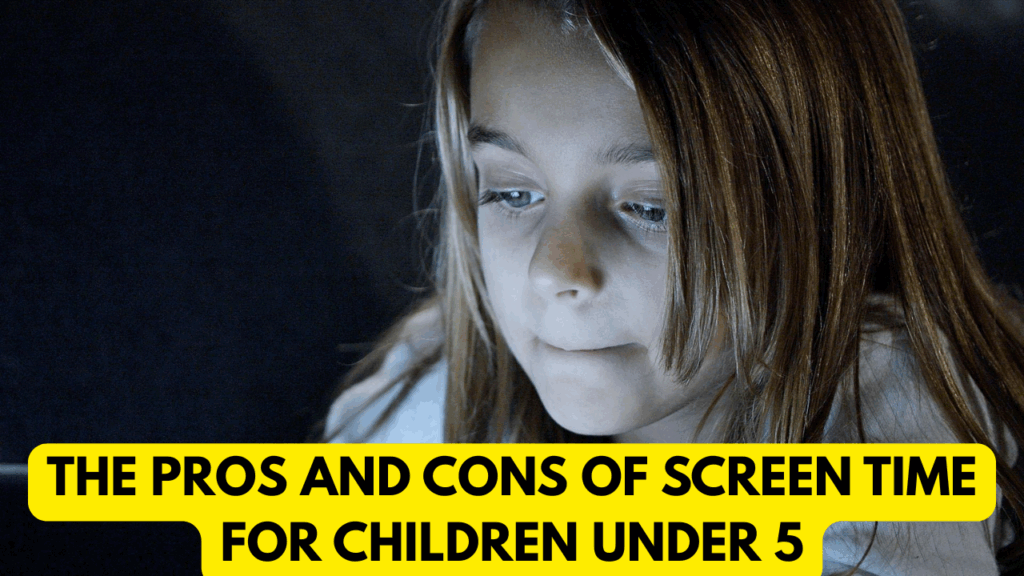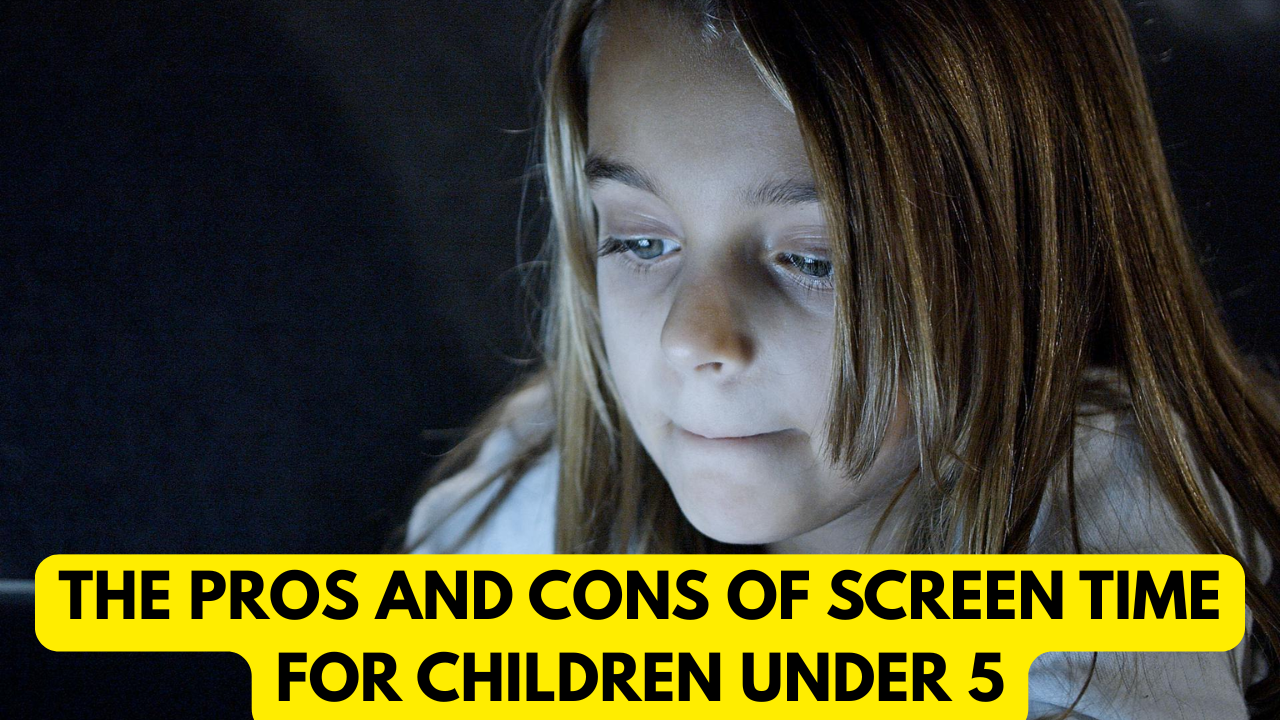
In today’s digital world, screens are everywhere—from smartphones and tablets to TVs and laptops. For children under the age of 5, screen exposure is almost inevitable. While many parents worry about the potential harm, it’s important to understand that screen time is not entirely negative. When managed wisely, it can provide opportunities for learning, bonding, and entertainment. The key lies in balancing benefits with potential risks.
This article explores both the pros and cons of screen time for young children, supported by strategies, comparison tables, and an overview for quick reference.
The Pros of Screen Time for Children Under 5
1. Early Learning Opportunities
Interactive apps, educational videos, and language programs can help children learn numbers, letters, shapes, and sounds at an early age. Research shows that well-designed digital content can support preschool learning when paired with parental guidance.
2. Exposure to Creativity and Imagination
Platforms that encourage drawing, storytelling, or music can spark creativity. For example, apps where children create digital art or listen to interactive stories nurture imagination in a fun way.
3. Language Development
Watching age-appropriate shows or using language-based apps can introduce children to new vocabulary and sentence structures. When parents co-watch, the benefits increase as kids engage in conversations about what they see.
4. Connection and Bonding
Video calls with grandparents, storytelling apps, or interactive family games can strengthen emotional connections and provide meaningful shared experiences.
5. Entertainment and Relaxation
At times, screens serve as calm-down tools. A short cartoon or musical video can help children unwind after an active day.
The Cons of Screen Time for Children Under 5
1. Delayed Social Skills
Overuse of screens can replace face-to-face interactions, leading to weaker communication and social development in early years.
2. Shortened Attention Span
Fast-paced animations and overstimulation may affect young children’s ability to concentrate and focus on real-world tasks.
3. Sleep Disruption
Excessive screen use, especially close to bedtime, can interfere with melatonin production, leading to sleep difficulties.
4. Reduced Physical Activity
Time spent on screens often replaces outdoor play, which is essential for motor skills, fitness, and overall health.
5. Risk of Overexposure and Dependency
When screens become a babysitter, children may develop dependency on gadgets for entertainment, making it harder for them to enjoy offline activities.
Table: Pros vs. Cons of Screen Time for Children Under 5
| Aspect | Pros (Benefits) | Cons (Risks) |
|---|---|---|
| Learning | Early literacy, math, and language | Overuse may cause delayed social skills |
| Creativity | Storytelling, art, music apps | May reduce time for real-world creativity |
| Bonding | Family video calls, co-watching shows | Can isolate children if unsupervised |
| Relaxation | Helps children unwind | Over-reliance for comfort |
| Health & Lifestyle | Moderate use can fit into routines | Leads to inactivity and poor sleep |
Overview Table
| Strategy | Why It Matters | Example in Practice |
|---|---|---|
| Limit Screen Time | Prevents overexposure | No more than 1 hour per day for ages 2–5 |
| Choose Quality Content | Encourages learning and creativity | Educational videos or interactive apps |
| Co-Engage With Children | Enhances understanding and bonding | Watching a show together and discussing it |
| Prioritize Offline Play | Builds physical and social skills | Outdoor play, puzzles, storytelling |
| Maintain Sleep Hygiene | Prevents digital disruption | No screens at least 1 hour before bed |
| Model Healthy Tech Habits | Kids learn by imitation | Parents limiting their own screen use |
Finding the Right Balance
The debate isn’t about banning screens completely but about using them intentionally. For children under 5, screen time should be purposeful, educational, and supervised. Quality matters more than quantity—an hour spent on a creative app with a parent is far healthier than two hours of passive cartoons.
Parents should remember that children learn best through hands-on exploration, physical play, and real-world social interaction. Screen time should complement, not replace, these activities.
3 Quick FAQs
Q1. How much screen time is safe for children under 5?
For ages 2–5, up to 1 hour a day of quality, supervised content is recommended.
Q2. Are educational apps beneficial for toddlers?
Yes, when chosen carefully and used with parental involvement, they can support early learning.
Q3. Should I completely ban screens for kids under 2?
Experts recommend avoiding screens under age 2, except for video calls that promote bonding.

